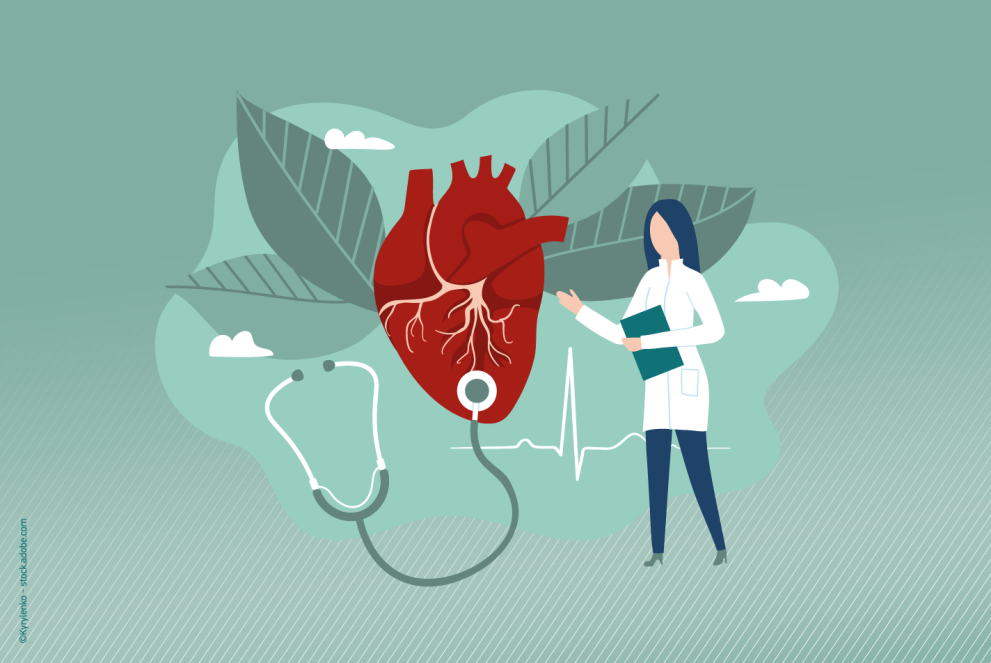
Cardiovascular diseases are the leading cause of mortality and morbidity in the human population. According to the figures, almost 63 million people were living with cardiovascular diseases in the EU in 2019, and approximately 17.9 million died from them worldwide.
Despite significant progress over the years to understand disease mechanisms, the failure of the current paradigm for drug development is still very high.
The use of animal models has contributed substantially to our understanding of the disease but rodent heart architecture and cell function are very different from humans.
On the occasion of the World Heart Day, the JRC releases a freely available knowledge base describing 449 non-animal models used for cardiovascular disease research. These innovative models are proving themselves as better alternatives to recapitulate human physiology and functionality, with the perspective of advancing research in the fight against cardiovascular diseases.
Personalised and less costly models
The most predominant non-animal models are based on computer simulation, underpinning in silico methods. They can reproduce complex behaviours of physiological systems, bringing together biology, physics, mathematics and the power of modern computational platforms. Calibrated and validated using human clinical data, this new generation of models can be personalised according to specific patient profiles.
Innovative experimental models based on cells and tissues are also driving the increasing application of in vitro methods.
Organ-on-chip devices are emerging to meet the need for human-relevant models able to represent the more complex electrophysiological, biomechanical and pathological aspects of the human heart and vascular system.
A largely preventable disease
Besides their devastating societal impact, cardiovascular diseases also constitute a huge burden from both healthcare and economy perspectives. For example, in 2015, the total estimated cost related to such diseases was € 210 billion.
However, the majority of cardiovascular diseases are actually preventable. Smoking, alcohol consumption, physical inactivity, unhealthy diets, stress and air pollution are the most common preventable risk factors.
The limitation of trans fatty acids in our food is a great example of how health promotion in EU policy making can reduce a risk factor for heart disease. The link between a high intake of industrially-produced trans fatty acids and the risk of heart disease was well known. To respond to this, the EU introduced a new legal limit that came into force in April 2021.
In the Commission’s Knowledge Gateway, reliable, independent, evidence-based and up-to-date information and data on how to prevent non-communicable diseases, including cardiovascular diseases, can be found.
More information
The JRC’s EU Reference Laboratory for alternatives to animal testing (EURL ECVAM) has launched a series of studies to review available and emerging non-animal models being used for research in seven disease areas: respiratory tract diseases, breast cancer, neurodegenerative disorders, immune-oncology, immunogenicity testing for advances medicinal therapy products, cardiovascular diseases and autoimmunity.
Related links
Technical report and executive summary on cardiovascular diseases
ALURES – Animal Use Reporting, EU Statistics Database on the use of animals for scientific purposes
Details
- Publication date
- 28 September 2022
- Author
- Joint Research Centre
